Sabrina Farmer, CTO, GitLab, says organisations can navigate AI transition successfully and maximise their gains by creating new roles, fostering continuous learning and providing strong leadership.
Technology leaders globally are looking to maximize AI’s impact on their software development workflows. As AI adoption grows, it will continue to reshape the development landscape and prompt essential discussions about the future of work in tech.
While there are concerns about AI eliminating jobs, it’s more likely that AI will create new roles and upskilling opportunities to enhance human talent rather than replace it, ultimately unlocking the next generation of innovation.
Ranked among the top five AI pioneers worldwide, Singapore has outlined its strategy to create over 100,000 jobs in in modern services within the decade, focusing on sectors likely to be influenced by AI advancements. These developments underscore Singapore’s commitment to integrating AI into its economy.
As we stand on the brink of this transformation, APAC tech leaders Pacific must prepare their organisations for the next stage of software development to ensure they use AI to drive innovation. Let’s explore how organisations can prepare their teams, processes, and cultures to maximise the potential of AI in software development.
Evolving skills and job roles
As AI becomes more integrated, we will see a heightened demand for new roles, such as AI engineers and prompt engineers.
However, securing AI talent is a significant challenge for countries across the region as demand outpaces supply. Singapore’s Economic Development Board (EDB) is already working with industry partners to train the local workforce in AI, intending to triple Singapore’s AI talent pool to 15,000 by 2029.
These AI positions will be crucial in bridging the gap between traditional software development and AI-driven processes. In the early stages of this transition, organisations must define team members’ roles and responsibilities. While these roles may evolve, clear expectations will help both teams and leaders.
The emergence of more specialised roles within software development will give developers an exciting opportunity to enhance their skills, take on new challenges, and expand their career paths.
Continuous learning will unlock AI’s potential
As roles evolve, it will become even more critical for engineers to continue expanding their skill sets and stay current with software development trends. The need for continuous learning is not new to the industry, but the pace of change is accelerating dramatically.
Previously, changes such as new tools, processes, or standards for speed of delivery happened every 18 months to two years; today, that cycle is less than 12 months. Technology leaders should constantly challenge their teams to think about incorporating AI into their daily work to stay ahead of this curve and regularly share their learnings with others.
There are many ways to apply AI to software development workflows, from code generation and testing to project management and documentation. Over time, engineers will better understand how to support deep learning and AI development on their teams.
Continuous upskilling, adoption, and support are critical to responsibly unlocking AI’s potential. Upskilling developers to ensure they can use and maintain AI systems effectively is critical to AI’s sustainable adoption and evolution. Developers at all skill levels can learn prompt engineering techniques while maintaining coding skills. Junior developers, in particular, can benefit from an always-on coding partner to learn from, helping them grow into productive, efficient team members more rapidly than ever before.
Prioritising workplace culture
Leaders play a crucial role in guiding their organisations through this AI-driven transformation. They must incorporate flexibility within their organisations and encourage trial and error when using AI. Everything from how we evaluate and motivate our teams to how we measure success will need to change.
To foster innovation, leaders must invest in tools and processes that enable their teams to experiment with AI, find new ways to use it, and create innovative products. This investment goes beyond just acquiring technology; it includes creating a culture that embraces experimentation and learning from failure.
In APAC, where AI investments are projected to increase nearly fivefold from US$25 billion in 2022 to US$117 billion in 2030, companies must prioritise AI literacy and upskilling to remain competitive.
A recent GitLab study found a significant perception gap between leadership and individual contributors regarding AI training: 25% of individual contributors said their organisations do not provide adequate training and resources for using AI. In comparison, only 15% of C-level executives felt the same, highlighting a disconnect between how executives and their teams perceive investments in AI training.
This discrepancy underscores the importance of clear communication and alignment between leadership and engineering teams. Leaders must ensure that their vision for AI integration is effectively communicated and that the necessary resources and support are readily available to their teams.
The AI revolution in software development presents both challenges and opportunities. Organisations can navigate this transition successfully and maximise their gains by creating new roles, fostering continuous learning, and providing strong leadership. AI is a powerful tool that can enhance human capabilities and drive innovation in software development. As we move forward, the organisations in APAC that embrace this change and prepare their teams effectively will be best positioned to thrive in the AI-driven future of software development.



